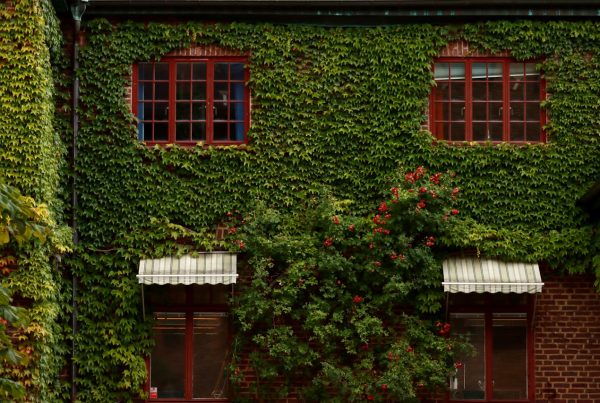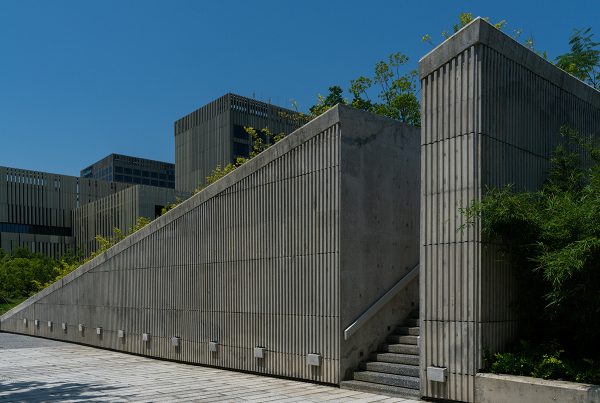Make Way for the Fungus Building
Aptly named architectural firm The Living will be “growing” a fungus-based tower on the grounds of the Museum of Modern Art Ps1 (MoMA Ps1) in New York set to be opened in June.
Called Hy-Fi, the tower is composed of discarded corn husks mixed with mycelium, the vegetative part of fungi like mushrooms. This mix is packed into block-shaped moulds where it will grow into a solid unit, and eventually fuse together into one strong structure. The whole process has low environmental impact, and once it had served its purpose, the tower can be simply dismantled and composted.
Fungi-based building blocks aren’t a new thing anymore. The Hy-Fi is not (yet) meant to be lived in, much less figure in high-rise industrial towers, although it is certainly sustainable on the housing level. More than anything else, this organic architecture hosted by a museum is (yet another) proof of concept, an organic green building slash art showpiece that will serve as a lounge area for visitors attending the gallery’s summer concerts.
On their video presentation for Hy-Fi, the firm highlighted an important reminder. If the twentieth century was the century of physics, the twenty-first century is all about biology.
U.S. Mayors Join Forces in Green Building
In an initiative dubbed as the City Energy Project, ten U.S. mayors – from Atlanta, Boston, Chicago, Denver, Houston, Kansas City, Los Angeles, Orlando, Philadelphia and Salt Lake City – have vowed to start awareness in green building in their respective cities. These mayors will be partnering with NRDC and the Institute for Market Transformation.
As the EarthTechling reports, the City Energy Project hopes to “cut a combined total of 5 million to 7 million tons of carbon emissions annually,” as well as to:
◾Promote efficient building operations: Strong building energy performance can be achieved through efficient operations and maintenance, and the training of facilities personnel.
◾Encourage private investment: Common-sense solutions to financial and legal barriers to energy efficiency should be adopted to increase private investment in building energy improvements.
◾City leadership: Cities should lead by example and reduce taxpayer-funded energy consumption in municipal buildings, and encourage the private sector to match their actions.
◾Promote transparency: Building energy performance information should be transparent and accessible to enable market demand and competition for energy-efficient buildings.
On the U.S. front, green building has had a history of polarized politics. The issue of climate change—an inevitable consequence of green building—is largely still being debated in Congress, so it’s good to know that these mayors made the initiative.
When Authority Fails, Superstitions Save the Day (and the Forest)
Thailand’s National Parks, Wildlife and Plant Conservation Department has now resorted to superstitions to stop illegal logging and smuggling of phayung or Siamese rosewood.
Over the years, traditional law enforcement has proved futile as loggers continue to cut the precious trees, even in park and forest reserve areas. The problem is made worse as individuals from nearby countries such as Cambodia and Laos cross borders just to join the logging activity.
Now, officials have enlisted the help of monks from temples to teach villagers about the importance of the forest and warn them of the consequences of harming it. Even the officials in charge of the National Parks have been asked to drink holy water and make an oath to protect the phayung trees and not be implicated in the illegal logging.
The highly-prized timber is sought after in China, where rosewood, according to Chinese superstitions, symbolizes prosperity. In effect, this is a case of one superstition fighting another. Superstitions also play a role in the massive ivory trade in China for centuries. Last January, Chinese officials finally made an exemplary move in destroying tons of confiscated elephant tusks and carved relics.
Hopefully, the combined efforts of traditional law enforcement and the new unconventional approach will end the logging once and for all.












